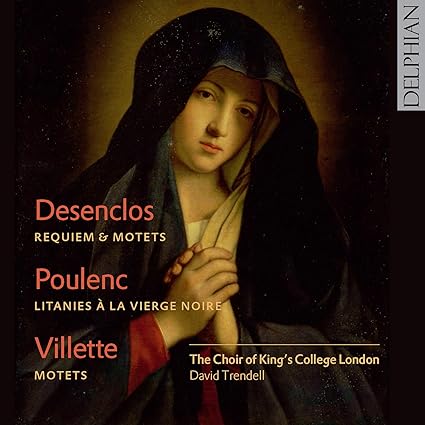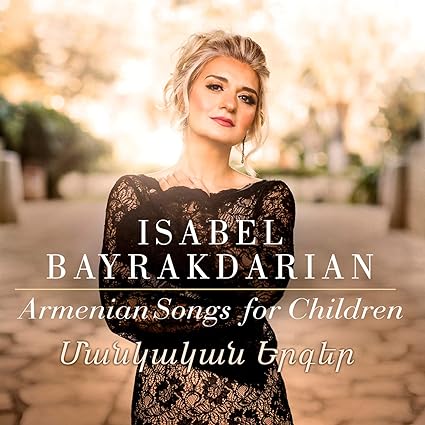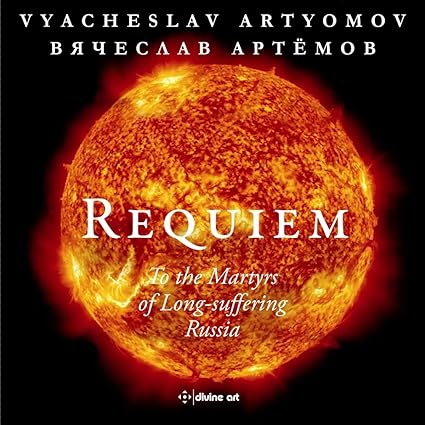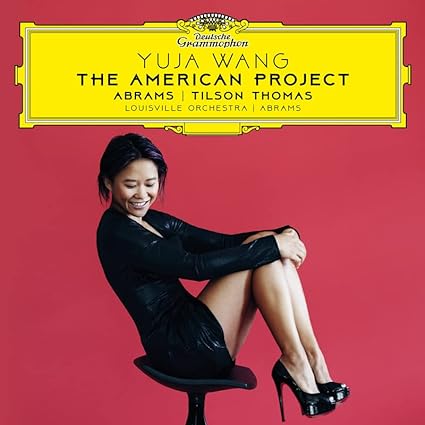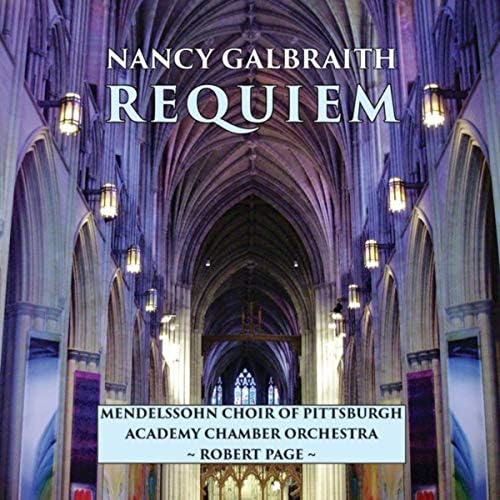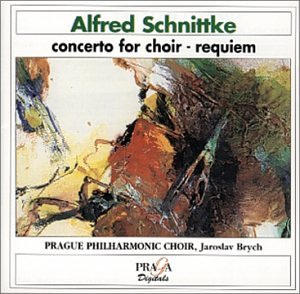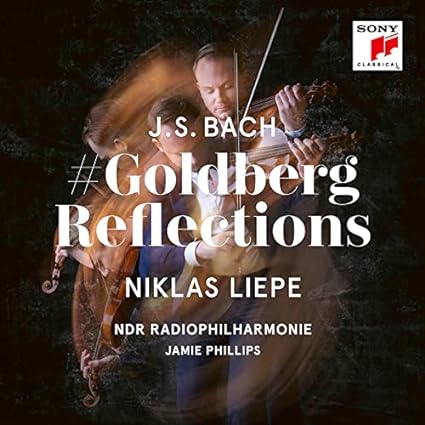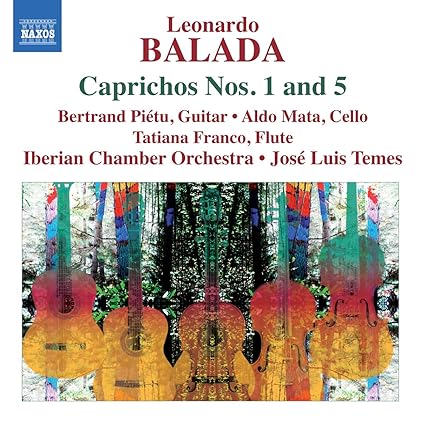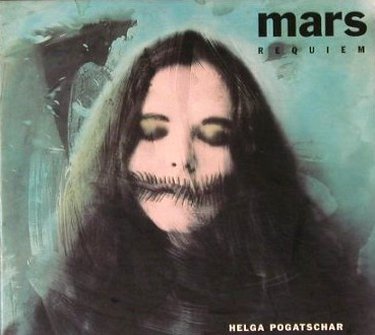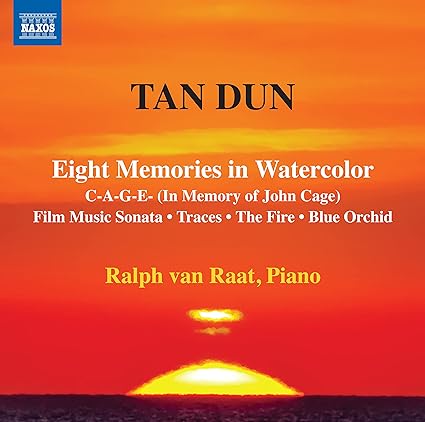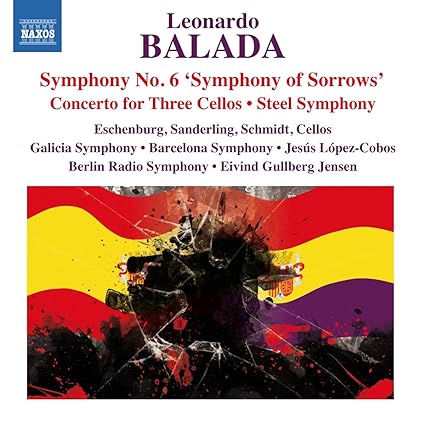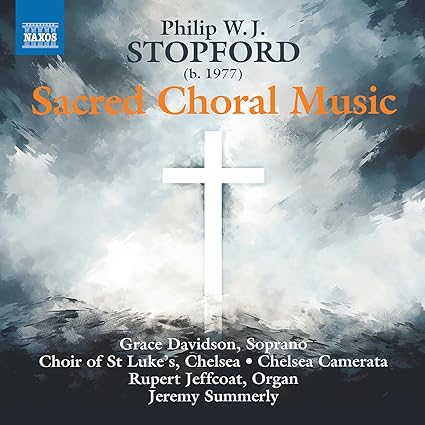This here twofer’s a gimmick. German violinist Niklas Liepe, along with his keyboardist brother Nils, teamed up with composer Andreas Tarkmann to record rearranged versions of the opening and closing arias and thirteen variations of Bach's timeless Goldberg Variations. Interspersed throughout the set are eleven new, small works by eleven composers, with Tarkmann including one of his own. You know, this is not a bad gimmick. It’s also one Liepe did in his earlier recording for Sony Germany of Paganini’s music. Sony Germany is nearly as adventurous as some French micro-labels and Japanese home market labels. That's a good thing.
The lengthy collection (95 minute+) starts with a gorgeous as all get out, slow, not at all HIP inspired Aria where both Liepes strut their stuff. Then the first variation basically sounds like a missing movement from a Brandenburg Concerto. Indeed, every time rearranged Bach shows up, it very much inhabits a similar sound world, occasionally tipping over into a scaled-up string trio feel, as designed. The arrangement of the twenty-fifth variation does stand out as more potent than most, and it acts as a perfect bridge between the new pieces that flank it. As Bach arrangements go, every track sounds quite good. But that wasn’t the main draw for me. The new stuff was. And so, here goes:
Rolf Rudin’s
Dialog With Bach, a Goldberg Reflection sounds like a blend of 19th Century romanticism and Karl Amadeus Hartmann, with some very beautiful high register playing for violin. Sidney Corbet’s
Goldberg Hallucination Remix is a stylistically familiar work, where avant garde, nearly shapeless string music gets interrupted by identifiable but distorted quotations from the main work in question. It’s a quasi-pastiche, and it works quite well. It reminds me of a compact, more abstract, and obviously Bach-inspired work akin to Luciano Berio’s
Rendering. Tarkman’s
Goldberg’s Last Summer introduces piano into the mix, sounding very Roremesque when the piano gets played, and it retains some of that feel, as well as acquiring a dramatic movie soundtrack quality as the music sounds unabashedly tuneful and beautiful. Dominick Dieterle’s
Sleepless After JS Bach starts with eerie high strings and pizzicato, first from the soloist, and then the low strings, as the energy picks up, before winding down to a slow, quiet conclusion. Wolf Kerscheck’s
Goldberg Reflections Aria sounds like a transcription fit for
Barry Lyndon to start before turning into something that Mark O’Connor might write, and then morphs into a jazzy soundtrack style sound before returning to the opening material in a mini-cyclic piece.
Moritz Eggert’s
Four Variations from Goldberg Spielt, with the 2000 work revised in 2019 for this project, starts off achingly beautiful and old-fashioned, but then morphs into unabashedly modern music before shifting to something more akin to post-war writing. Hartmann again pops up as a useful analog. Daniel Sundy gets four tracks to cover some
New Goldberg Variations, and all have a jazzy, swing influence and sound. Tobias Rokahr’s
Sleepless (Goldberg Goes Crazy) lives up to its title. Frenetic, tense, fast, edgy, tetchy, it blends in the most fleeting moments of beauty and the main theme with in-your-face chaos – and that’s just the first minute. It then slows, gets all eerie, with horror movie mishmash in the mix, and the music turns basically silent, before popping back to life, with unnervingly peppy harpsichord playing leading the way. It’s quite possibly the best of the new pieces here. Friedrich Heinrich Kern’s
Reflections on a Dream combines strings with the Verrophone, which makes its first appearance in my collection or listening experience. Basically, it’s just an updated glass harmonica, and the novelty wears off about three notes in. Fortunately, Kern does something with the instrument compositionally. (He also does something with it musically since he plays it.) While not the best work here, it does create a sort of, well, dreamy soundworld which works nicely enough. Stephen Koncz’s
GoldBergHain, based on Kraut und Rüben, comes off as a playful, light, folk music inspired dance piece with Bach woven in just so. It delights far more than it should. Finally, Konstantia Gourzi gets three tracks for her
Lullabies for Three Flowers to end the recording. I last heard Ms Gourzi played by the great William Youn and the equally great Nils Mönkemeyer. These three pieces have no attachment to Bach, so the fact that they are lullabies serves as the connection. More or less gentle, some flittering pizzicato aside, these brief, beautiful, pieces sound folk inspired and sound more pleasing than the disc of her music I listened to previously. It makes a fine, slightly incongruous end.
Overall, the collection works as intended, and Corbet, Eggert, and Rokahr emerge as names I should probably investigate some more. Sound and playing are beyond reproach, which I expect from this source.


